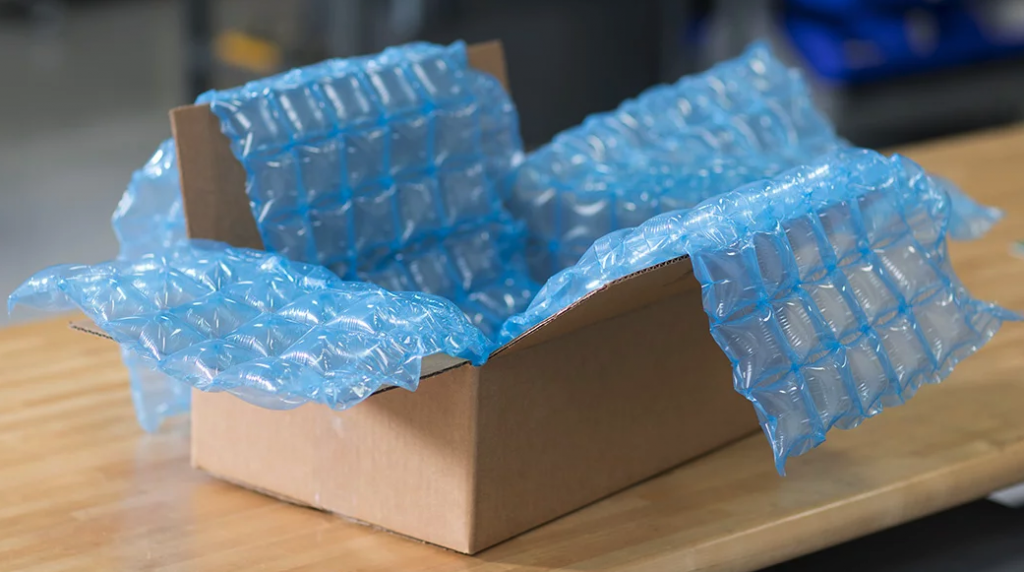Packaging in its simplest form refers to the wrapping of material around an item that serves to identify, contain, protect, describe, display, and promote a product during transportation, storage, and consumer interaction. It is an essential aspect of any business, as it not only ensures that products arrive safely to customers but also helps to promote the brand and increase sales.
In today’s dynamic world, consumers are often drawn to products that are not only high-quality but also visually appealing. Packaging plays a critical role in this regard, as it provides an opportunity for businesses to create a memorable impression on potential customers. When designed correctly, it can help to communicate a brand’s personality, values, and unique selling proposition (USP).
Benefits of Packaging
Effective packaging can also help to build customer loyalty. Many consumers associate the quality of the packaging with the quality of the product inside. Therefore, if a customer has a positive experience with a product’s packaging, they are more likely to purchase that item again in the future.
Another benefit of packaging is that it can help to differentiate a brand from its competitors. By creating a distinctive and eye-catching design, businesses can stand out in a saturated market and attract the attention of potential customers. This is particularly important in industries where there are many similar products available. In ecommerce many brands have discussed the “unboxing” process, ensuring that this touch point with the consumer is not overlooked.
Packaging plays a vital role in protecting products during transportation and storage. The right container or box can help to prevent damage to items and reduce the risk of spoilage. This is particularly important for products that are fragile, perishable, or have specific storage requirements. The cost of returns, and the reverse logistics associated with damaged or returned products far outweighs a small increase in packaging to ensure a quality, damage free item is delivered. Statistics state that 65% of consumers will return an order if they receive a damaged package.
It also presents an opportunity help to reduce waste and improve sustainability. For example, Nike’s packaging team reimaged what their shoebox can do and has actively worked to eliminate the use of packaging a shoebox within another brown box when mailing. Many businesses are also looking for innovative ways to reduce their environmental impact by using eco-friendly materials, designing packaging that can be recycled or repurposed, and reducing the amount of packaging used.
In essence, the right type of packaging can streamline supply chain operations, reduce shipping costs, and minimize waste. Conversely, inefficient packaging can result in increased shipping costs, slower delivery times, and damage to products.
Packaging Types
There are three main types of packaging: primary, secondary, and tertiary. Each are important in their own way.
Primary Packaging
Primary packaging is the immediate container that comes in direct contact with the product. This type is responsible for protecting the product from the external environment, and it can also influence consumer behavior. Examples of primary packaging include bottles, cans, tubes, and pouches. Primary packaging is important because it comes in direct contact with the product, and it’s responsible for protecting the product from the external environment. It also plays a critical role in influencing consumer behavior by creating a positive impression of the product. In addition, primary packaging is designed to be visually appealing, convenient to use, and able to communicate important information such as product features, ingredients, and usage instructions.
Secondary Packaging
Secondary packaging is used to group and protect primary packages during transportation, storage, and display. This type is designed to be more robust and durable than primary packaging and often contains additional branding and marketing messages. Examples of secondary packaging include cardboard boxes, blister packs, and shrink wrap.
Tertiary Packaging
Tertiary packaging is used to protect and transport large quantities of products, such as multiple boxes or pallets. This type is typically designed to be strong and durable, with the aim of ensuring that the products arrive at their destination in good condition. Examples of tertiary packaging include pallets, crates, and mailers.
Each of the three types plays a critical role in protecting and promoting products, therefore it is vital that businesses carefully consider their packaging needs based on their industry, product, and distribution channels. By selecting the correct type of packaging, businesses can improve their operations, reduce costs, and enhance their customer’s experience.
Conclusion
In summary, packaging is an essential aspect of any business, as it not only protects products but also helps to promote the brand, increase sales, and build customer loyalty. By investing in effective and sustainable packaging, businesses can create a positive impression on potential customers, stand out in a competitive market, and reduce their environmental impact.
- CATEGORIES
- Packaging
